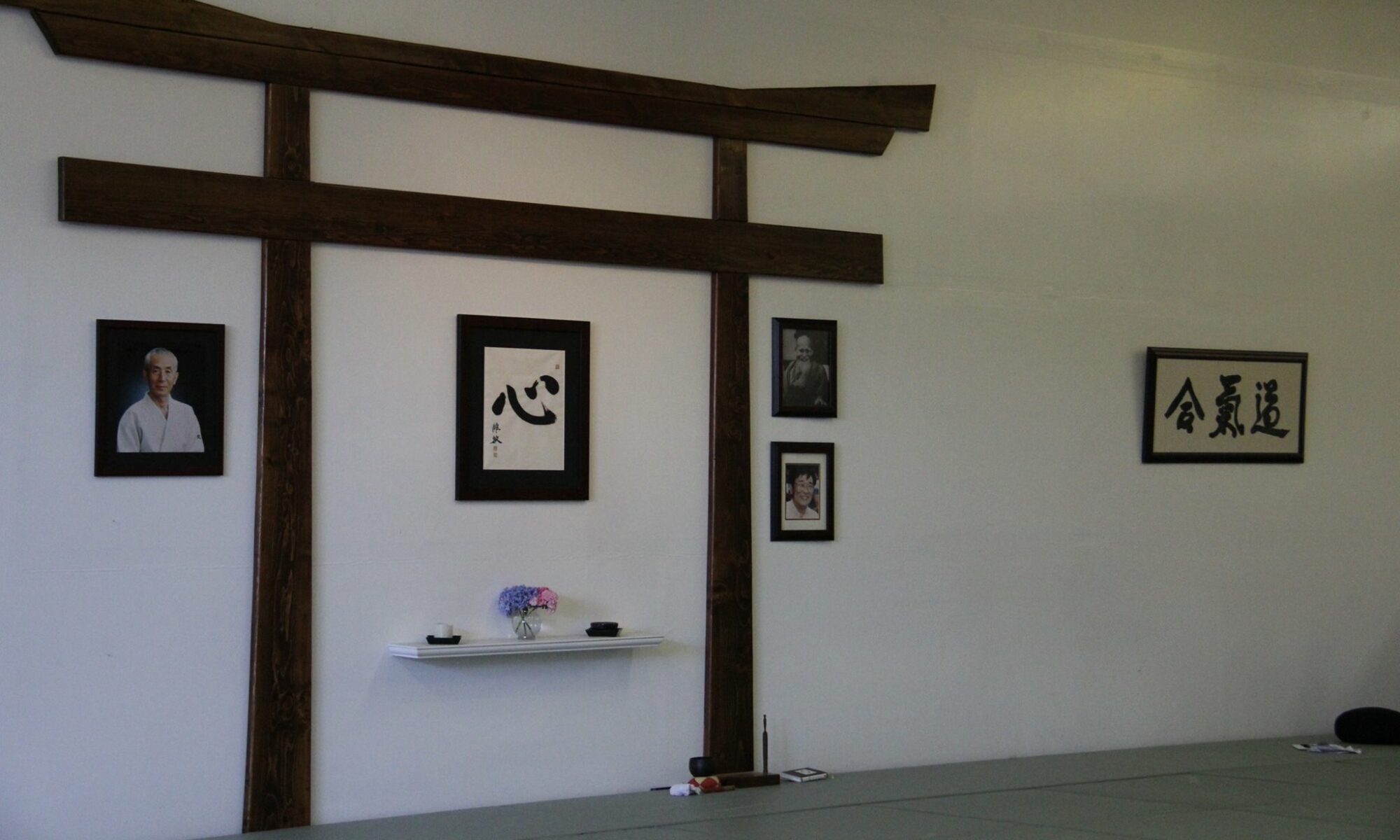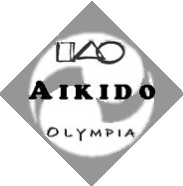November brings several cultural opportunities to be thankful. (Even though we can actually choose to be thankful every day.) One of those opportunities is Veterans Day on November 11th when we can demonstrate our appreciation of our veterans. Within the martial ways, there is a connection among the concepts, mindsets, training objectives, and approaches to combat and warfare. As 21st century Americans, it’s common to look at these concepts and automatically turn our mind to violence and destruction. However, we, as martial artists, apply the perspective of budo and armistice – both words meaning peace, setting aside arms, and restoring harmony.
Within any martial endeavor, doctrine shapes how those involved will behave. Commanders use doctrine and turn it into leader’s intent – a description of what what success will look like. From the leader’s intent, officers select strategies that can be applied to meet the leader’s intent. Finally, the martial practitioners develop tactics to implement those strategies.
In every martial art and every martial discipline this logic establishes a decentralized and empowering path. The Aikido doctrine is to maintain peace and restore harmony where it is missing. Senior sensei’s craft clear leader’s intent describing how aikidoka will develop awareness to a level that they can recognize conflict early and resolve it without injuring any party. Senior students, informed by the leader’s intent, select strategies for teaching, enabling, and reinforcing key principles among their fellow students. Finally, as individual martial artists, we apply the techniques in the dojo and struggle to apply the principles behind those techniques in our relationships and our lives. And, through this process each of us is doing our part to help our communities realize the doctrine of Aikido – creating peace.


